After a long drive on the Alaska Highway, It sure is nice to have a warm bath at the Lliard Hotsprings. A couple of random photos from our journey in August 2013.
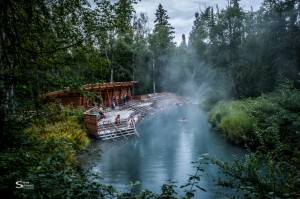
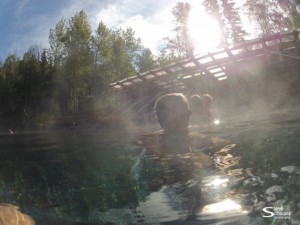
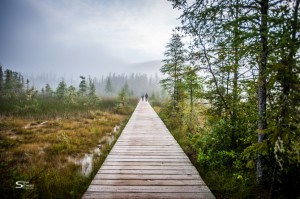
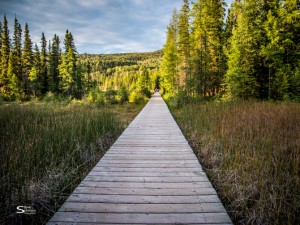
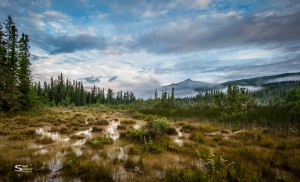
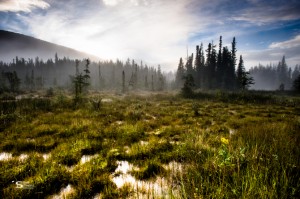
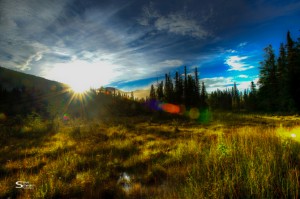
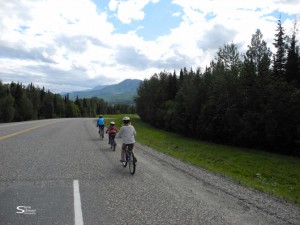
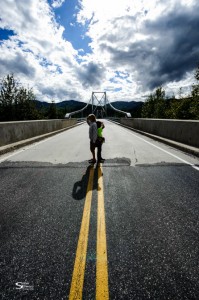
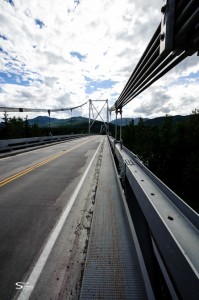
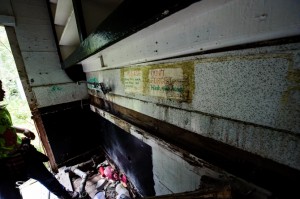
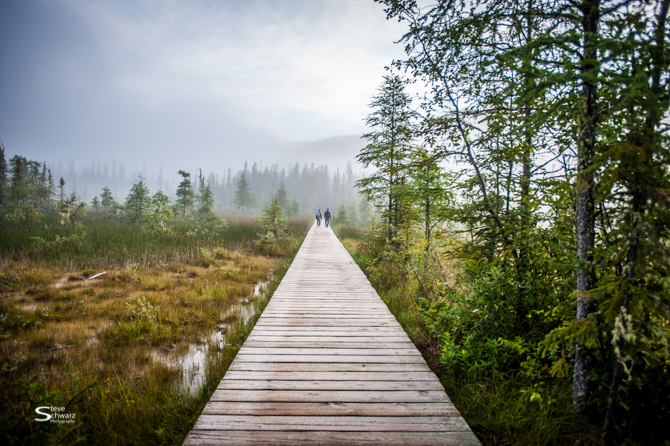
After a long drive on the Alaska Highway, It sure is nice to have a warm bath at the Lliard Hotsprings. A couple of random photos from our journey in August 2013.











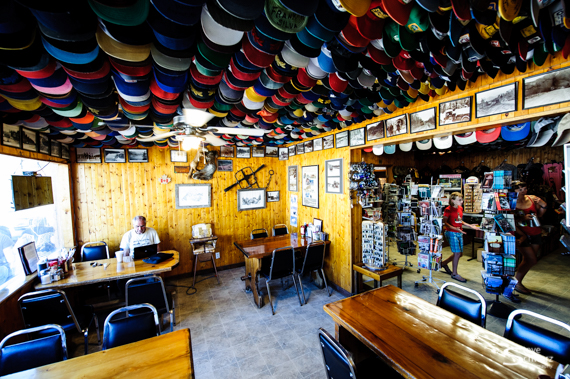
Toad River, northern British Columbia. It is a small gas station with a unique collection of baseball caps….nothing else.
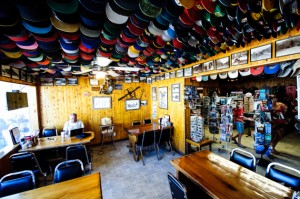
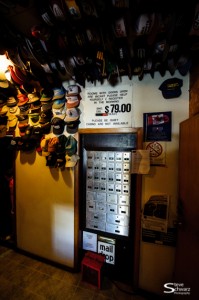
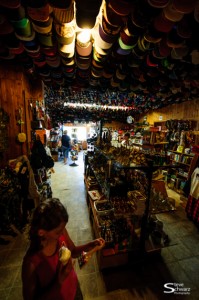
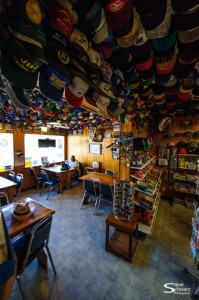
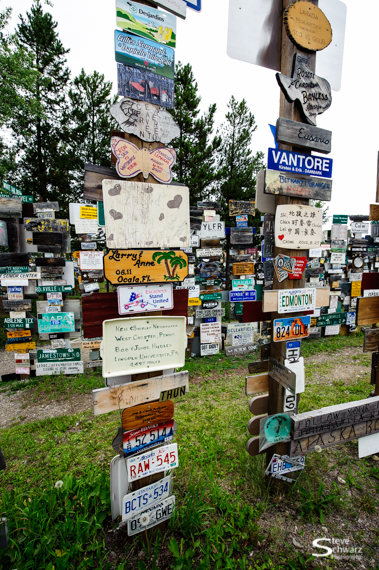
Random photos from a journey through Watson Lake, British Columbia – August 2013.
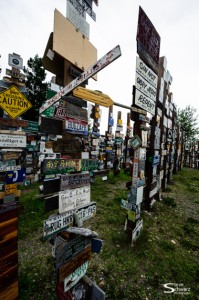
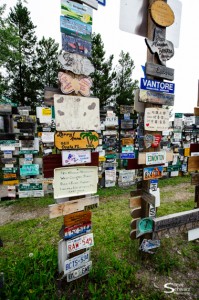
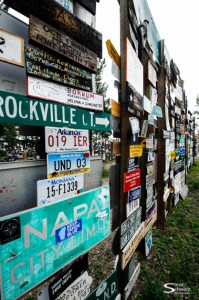
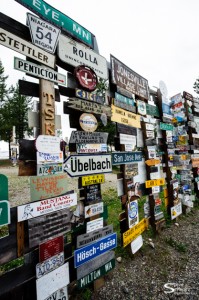
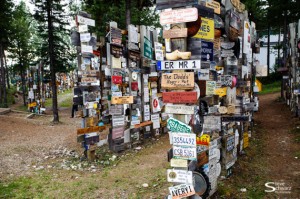
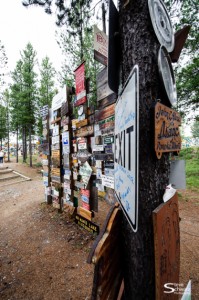
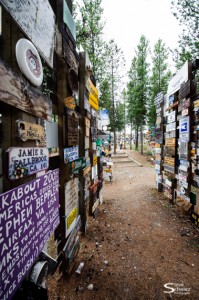
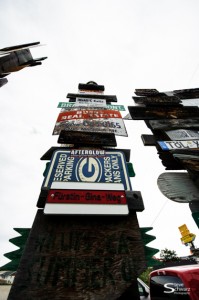
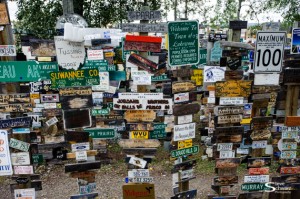
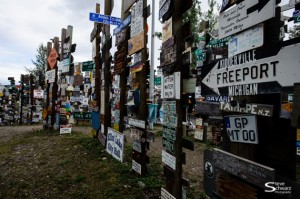
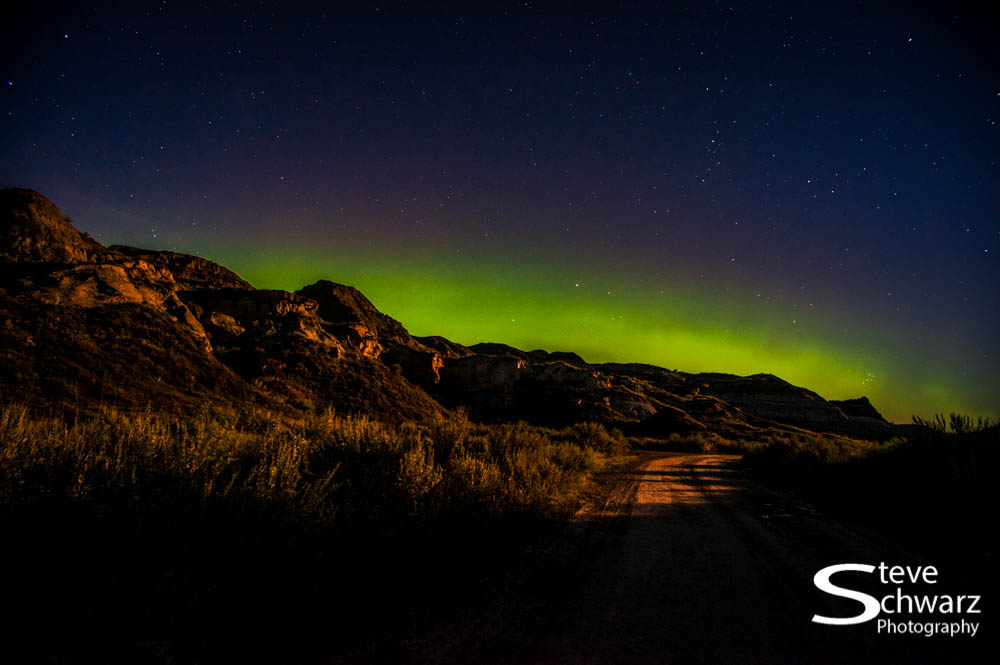
Photographing the northern lights is always exciting and challenging. These northern lights were photographed in the badlands of Alberta where the dinosaurs once roamed (65 million years ago) under a full moon. The orange glow on the left side are the street lights of Brooks, Alberta approximately 50km away.
My usual area for photographing the northern lights is northern Canada. Here in the badlands of Alberta, my night time roaming for the best view point was hampered by the fear stepping near a rattle snake, cacti or in a sink hole, or slipping on the damp and extremely slippery Bentonite, a type of ancient mud rich in volcanic ash.
Nikon D700, and Leica 19mm lens (with Leitax adapter). Exposure time of 25 seconds f/6.6, ISO 800. Note EXIF info is incorrect.
Click on the photos to see them larger.
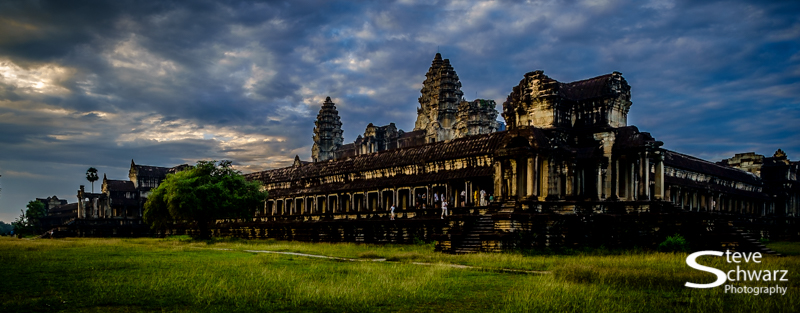
If you are thinking about having a quiet romantic view of sunset at Angkor Wat – think again. Unless it is a torrential downpour, you will be sharing the view with several thousand people. Some viewpoints are so crowded that you can’t even sit down, let alone find a bit of space to put up a tripod for your camera.
On a recent trip to Angkor Wat, I decided to avoid the places that were jam packed with other tourists, and seek out my own places to enjoy the view.
Some will comment that my photos are not as good as those taken from the favorite spots – maybe, though I was able to enjoy the view, and not be endlessly jabbed in the ribs by some other photographer trying to get a good shot.
CLICK on the images below to see them larger.
Interested in following this Blog ?. Signup for updates below.
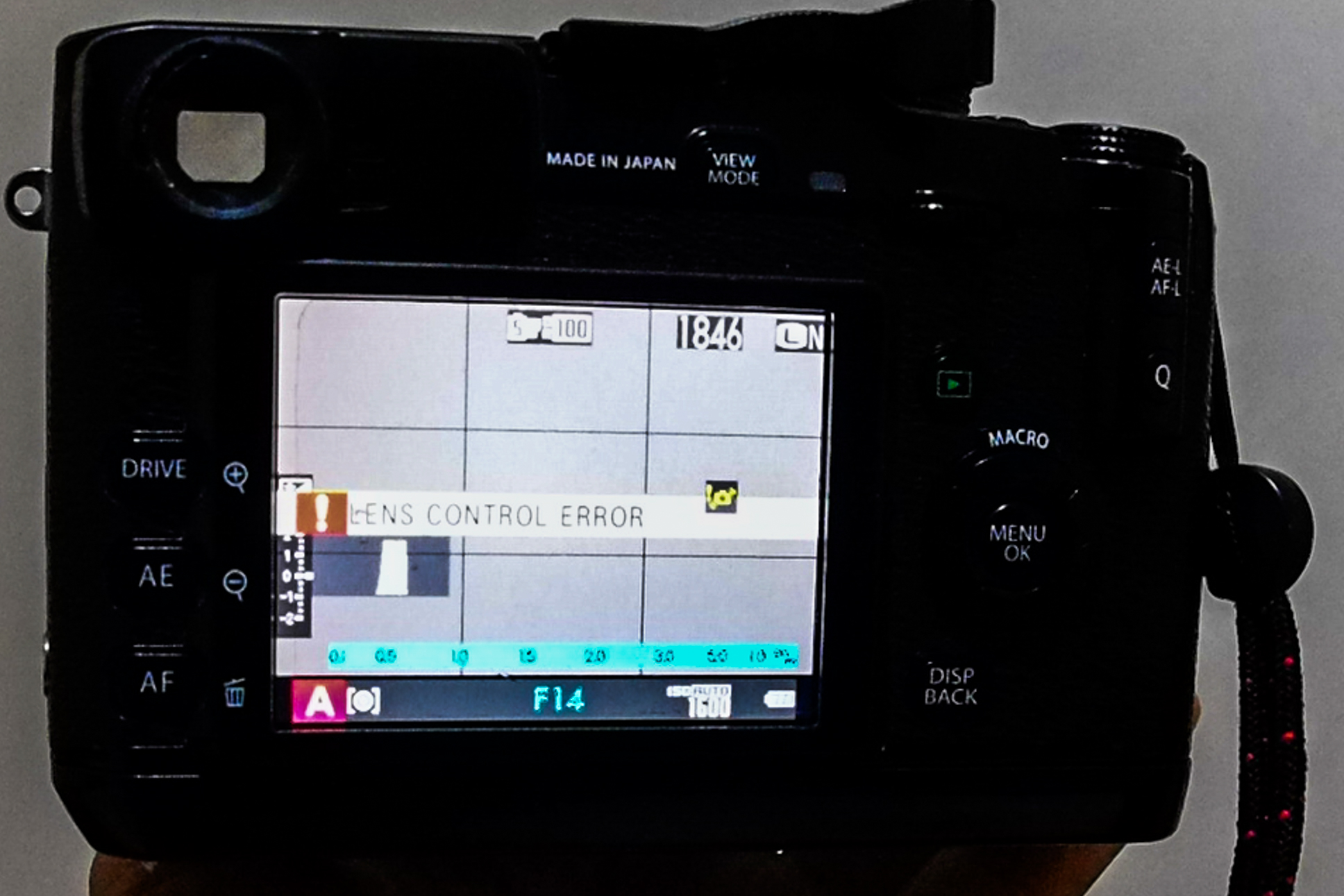
Imagine if Henry Ford made cameras. Henry Ford didn’t invent the automobile, he pioneered techniques for apply assembly line manufacturing to the mass production of affordable automobiles. The Ford Model ‘T’ was designed to be simple to operate, maintain and affordable.
The Ford Model ‘T’ was in production for 19 years, and within 10 years of its introduction, more than half the cars in America were Model T’s. (http://en.wikipedia.org/wiki/Henry_Ford).
Any customer can have a car painted any colour that he wants so long as it is black.
Henry Ford. Remark about the Model T in 1909, published in his autobiography My Life and Work (1922) Chapter IV, p. 71.
So what does this mean to photographers ?. Imagine, if Henry Ford designed and made cameras – they would be simple to operate, in-expensive, there would be a lot of them on the roads, and they would all be the same.
The point of all this being – most photographers would be using the same camera. There would be no more endless debates on camera brand X being better than brand Y, and no more discussion about ‘some photographers are better because they have better gear’.
The greatest benefit of all photographers having the same camera would be that the great photographers would still be great, and still be able to produce truly inspiration photographs. As for the want-to-be great photographers they would no longer be asking which brand of camera they should buy, or simply buying professional-quality cameras because they think a better camera would lead to better photographs. Instead, the want-to-be better photographers could concentrate on the act and action of photography, and explore their surroundings and thoughts while pressing the shutter.
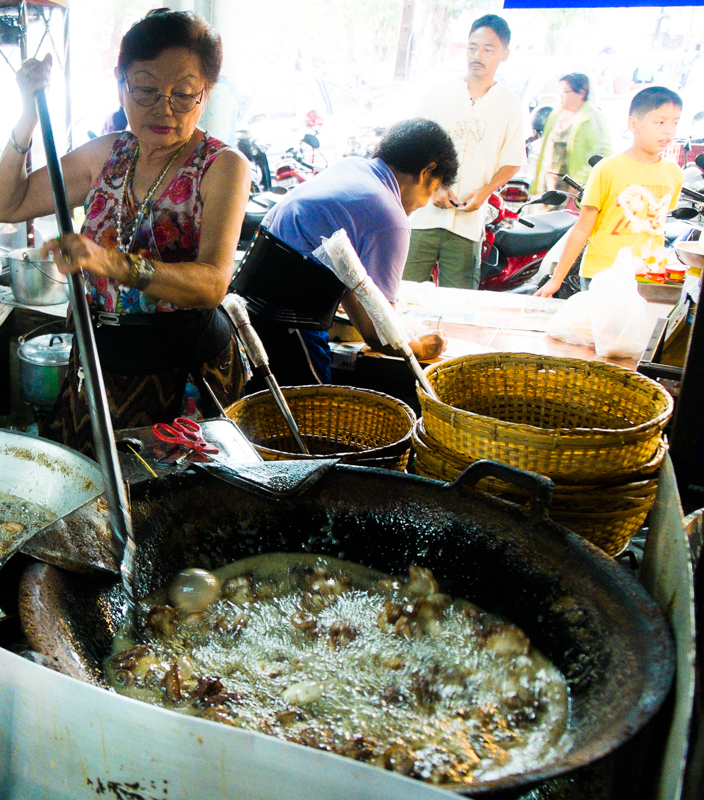
In culinary terms ‘stewing can best be described as the process of combining solid food ingredients that have been cooked in liquid and served in the resultant gravy. Ingredients in a stew can include any combination of vegetables (such as carrots, potatoes, beans, peppers and tomatoes, etc.). While water can be used as the stew-cooking liquid, wine, stock, and beer are also common. Seasoning and flavourings may also be added. Stews are typically cooked at a relatively low temperature (simmered, not boiled), allowing flavors to mingle (http://en.wikipedia.org/wiki/Stew).
No – this isn’t a blog post about cooking, though the analogy can be used to describe my emotions and physical state. Although I have taken a Thai cook class and a basic sense of what ingredients and spices are added to the typical Thai meal, in this case, the solid food in this stew is me and my and my family (and mother in-law), traveling for a month in Thailand. We are not used to the heat in south east Asia, to the analogy for stewing in the heat is quite true.
Add some Thai spices; shallots (Culture), garlic (language), green and red chilies (history), dried or fresh coriander (religion), Thai chili powder (festivals), galangal (wildlife-elephants, poisonous snakes and giant insects), green peppercorns (interactions with other tourists), lemongrass (soldiers in the streets – carrying flowers and bottled water (not guns), turmeric (missing friends), kaffir lime leaves, and fresh basil (incredibly gently and polite people).
As in a typical stew, we have added large amounts of bottled water to the broth, and beer ;>
All those spices need time to simmer and blend to allow the flavors to mingle.
Even after a month in Thailand, the flavor of the stew is not quite right. Too Spicy or Too Sweet ?. My taste buds can’t seem to get it right; and my heart and emotions need more time to stew and enjoy all of the Thai spices and flavors.
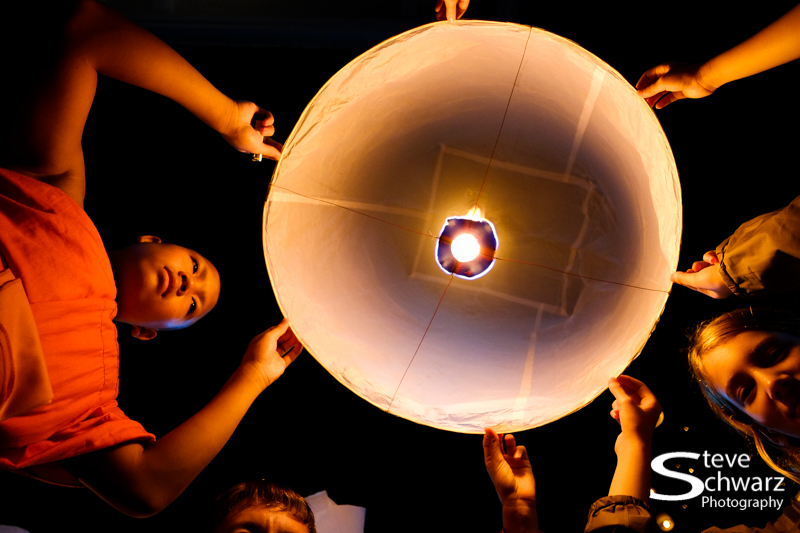
On the night of the full moon of the twelve-month of the Thai lunar calendar in Chaing Mai, is the Loy Krathong festival. Although the festival continues for three days, it is the evening events that are the most spectacular.
The night sky is filled with thousands of lanterns, fireworks, firecrackers, the streets packed with people, and parade of dancers and elaborately decorated floats pass through the city streets, and Krathong (small floats made from banana leaves and decorated with flowers and a candle), launched in the Mae Ping River on the full moon night to bring good luck.
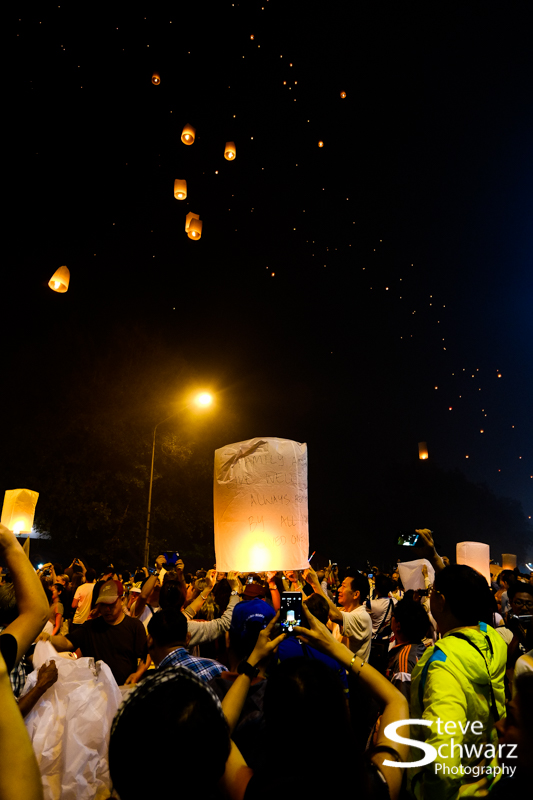
Some people say a prayer before letting go of the lantern, while others write message on their lantern.
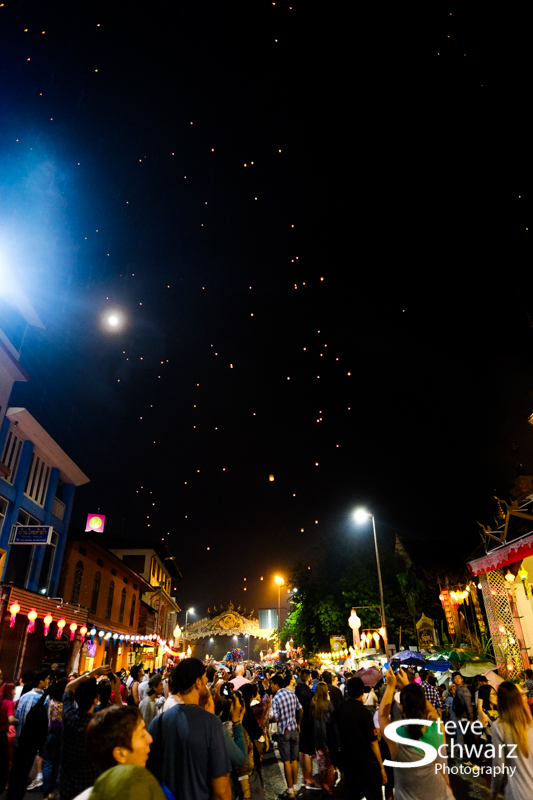
As the lanterns slowly rise into the night sky, they gradually get smaller and smaller and eventually just disappear into the darkness.
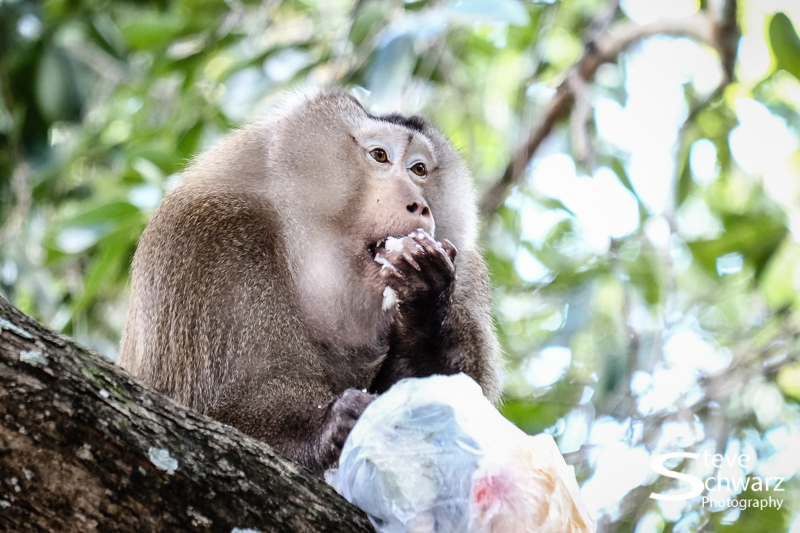
11,973 Photos: Too many, or not enough ?
Before you answer – think about what do Pablo Picasso, Leonardo da Vinci, Vincent van Gogh, Claude Monet, Salvador Dali and Rembrandt have in common ?.
None of these painters were ‘one hit wonders’; their career and popularity was not based on a single painting. They went to school, learned from the masters, imitated the masters, and developed their own techniques, and most importantly, they practiced their technique…they painted, and painted and painted.
The same for can be said for photographers. Annie Leibovitz, Joe McNally, Ansel Adams, Yousuf Karsh, Henri Cartier-Bresson were not ‘one hit wonders’; each of these photographers took large numbers of photos during their lifetime.
In Malcolm Gladwell’s book ‘Outliers’ he claims that the key to success in any field is, is for the most part due to practicing a specific task for a total of around 10,000 hours. The same concept applies to photographers;
“Your first 10,000 photographs are your worst.”
― Henri Cartier-Bresson
With modern cameras, you can hold down the shutter release and easily take 10,000 photos. By the math, with a camera that can take 7 frames per second it would take 1428 seconds (or only 24 minutes). Doing this doesn’t achieve anything other than get a blister on your thumb !.
Those 10,000 photos need to be creative, they need intellectual thought, emotion and consideration of point of view, angle, shutter speed, aperture, composition, subject, and lighting. These are but a few things to consider.
Those 11,973 photos – is is enough, or not enough ?. It is not all about the numbers; practice and experience is better.
The take-away message is:
Don’t count the number of photos.
It is better to enjoy what you are doing, learn from what you are doing and and the end of the day, keep only the best.
Be like the monkey in this photo with a bag of garbage: eat (keep) the good stuff, and toss the rest.
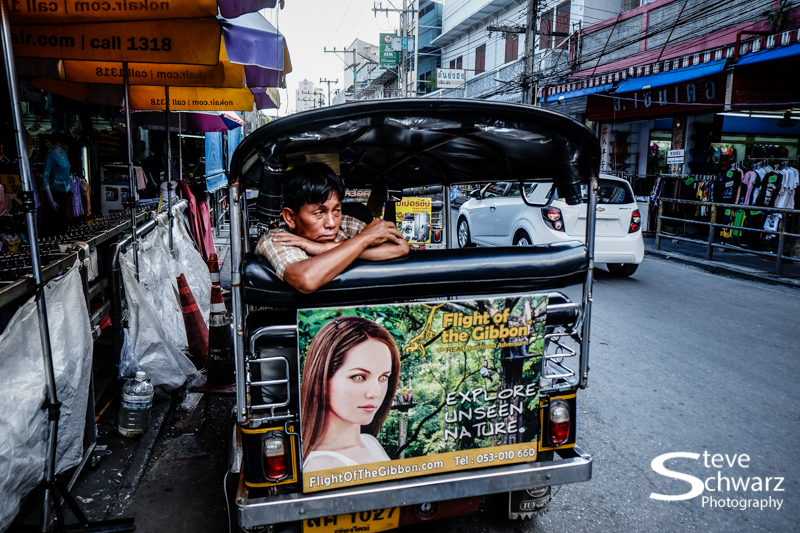
I’ve been in Thailand for three weeks, and already have 11,791 photos. That works out to 3930 photos per week….561 photos per day. It is nuts. Really Nuts, though with a camera that can do 7 frames per second – it would only take 28 minutes to take that many photos. I digress – it isn’t just about the numbers.
For me, photography can be compared to picking berries. You pick, and pick and pick while the picking is good and only stop when either your basket is full, or there are no more berries to pick. Then the real works starts by making jam from all those berries. Simply, the more berries you have, the more time you have to spend making jam.
It is all about collecting.
So – assuming that there is an infinite supply of berries and baskets ?. In photography terms that would mean an infinite supply of things to photograph, and endless hard drive space. Really this is entirely possible: there is so much to photograph and hard drives are cheap.
At what point do you need to say ….ENOUGH !.
11,791 photos. Not commenting on the quality of the photos, surely 11,791 is enough; what the heck am I going to do with all those photos anyway ?.
My basket is (at least temporarily) full, and it is time to do some thing with those images. Step one is to categorize and rank them, and delete the obvious bad images, decide on which images to keep as-is, which images need additional post processing (touch-ups) and, which to keep for additional creative processing (stretch and pull, wring and squeeze post processing). The process of categorizing, ranking, and deciding on how to process these images can take days!.
How many Wat (Temples) photos is enough ?. How many photos of Buddha is enough ?. How many photos of the market stalls piles high with spices, fruit, or meat (?), do I really need ?. How many photos of Thai people is enough ?.
There is probably no easy answerer to these questions, no ‘Coles’ to give the short answer, and asking Buddha will not give you the right answer.
Oh – I miss the days of film. Each roll could only hold 36 exposures – so you were more selective before pressing the shutter.